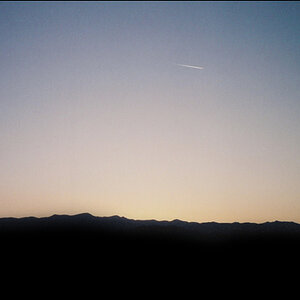ahelg
TPF Noob!
Well I've now decided to build a darkroom. I've already got a room I can use which is at a good size. At the moment it's filled with junk but my winter holiday is in two weeks and so I'm going to be clearing it out then.
I would like some advice on what to buy. At first I'll only be buying the stuff to develope the negatives as I don't currently have the money for an enlarger etc, but I am applying for some after school jobs so I can buy one later.
I would like some advice on what to buy. At first I'll only be buying the stuff to develope the negatives as I don't currently have the money for an enlarger etc, but I am applying for some after school jobs so I can buy one later.



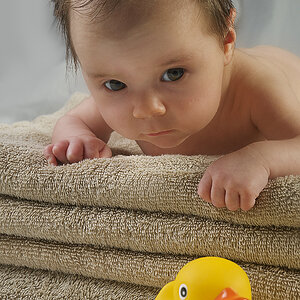
![[No title]](/data/xfmg/thumbnail/42/42470-d80cbcbbacb42bbe46ac0a0f6fcb20e0.jpg?1619740193)
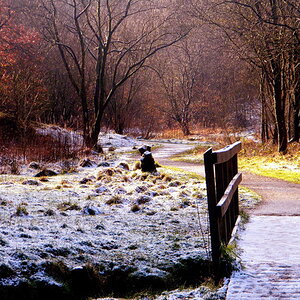
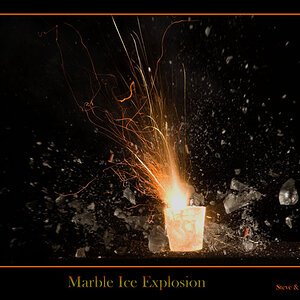
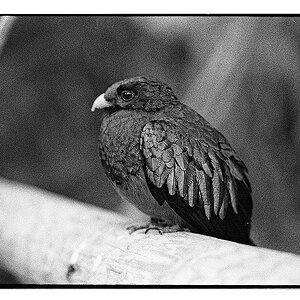
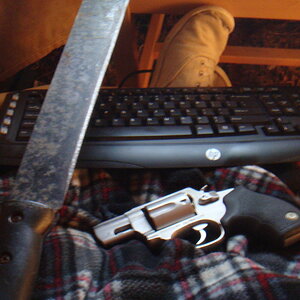
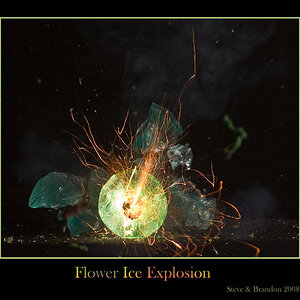


![[No title]](/data/xfmg/thumbnail/32/32166-ddd2797e76a9226d289c2158c3cf7b67.jpg?1619735234)
